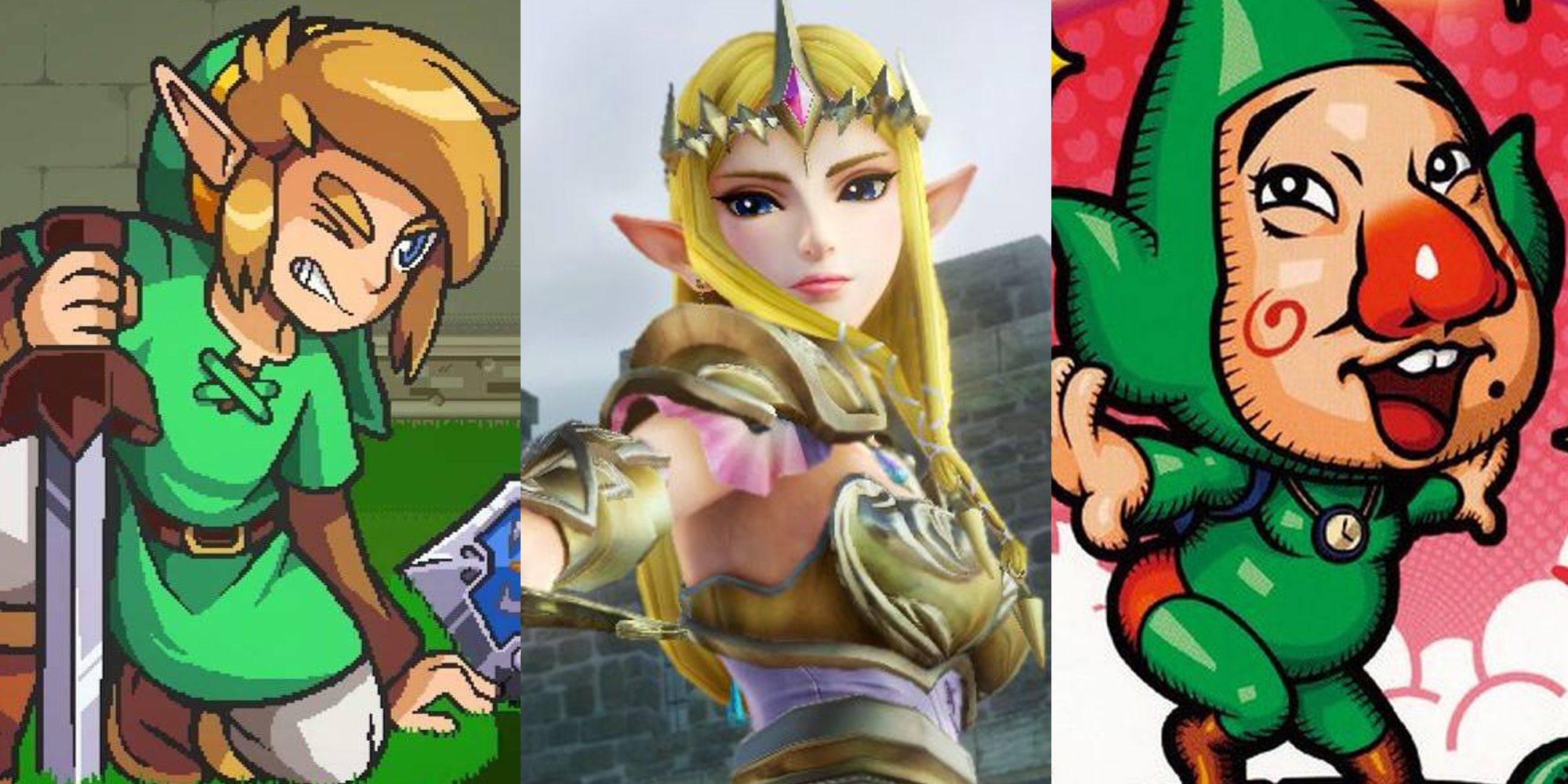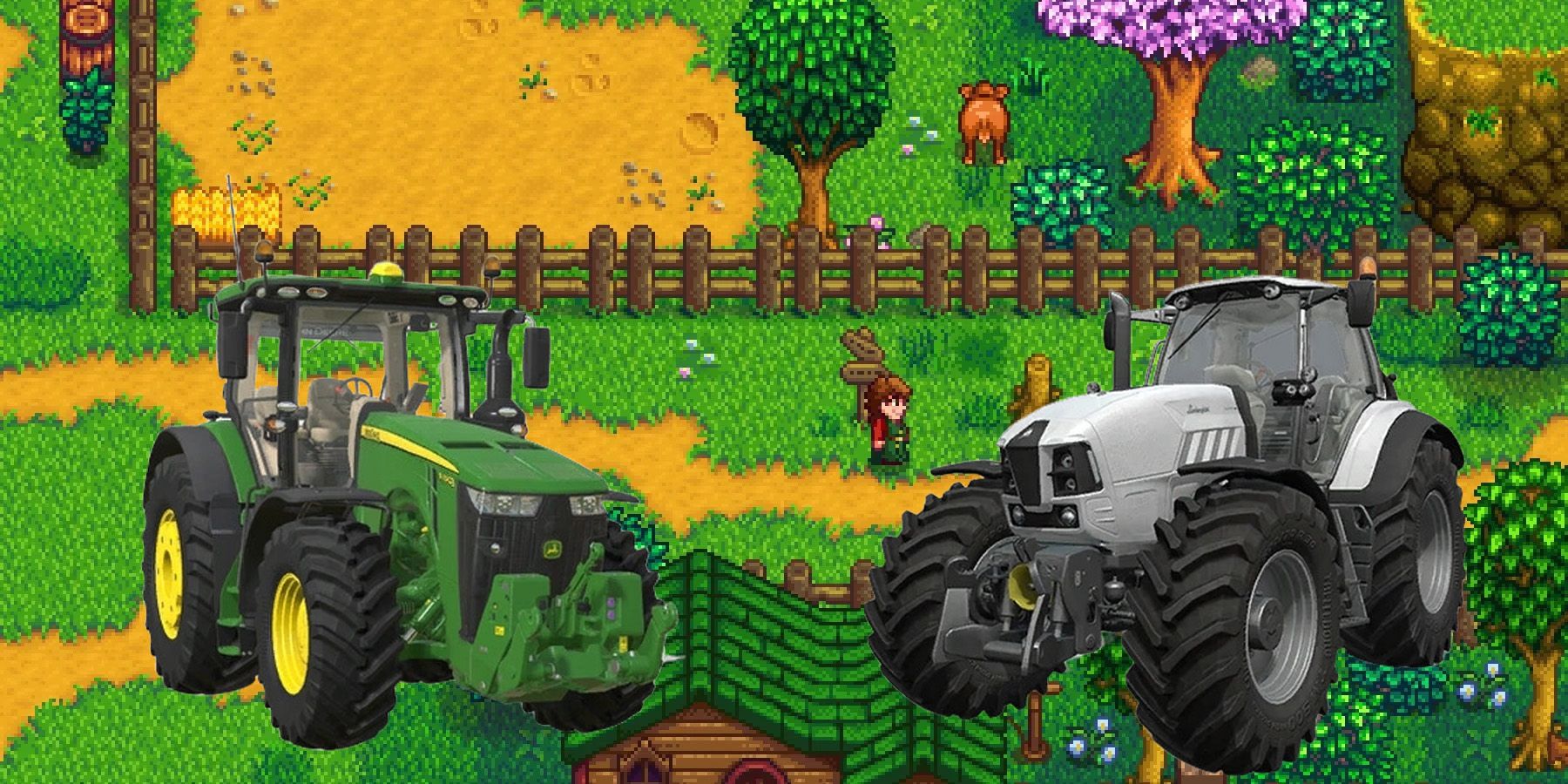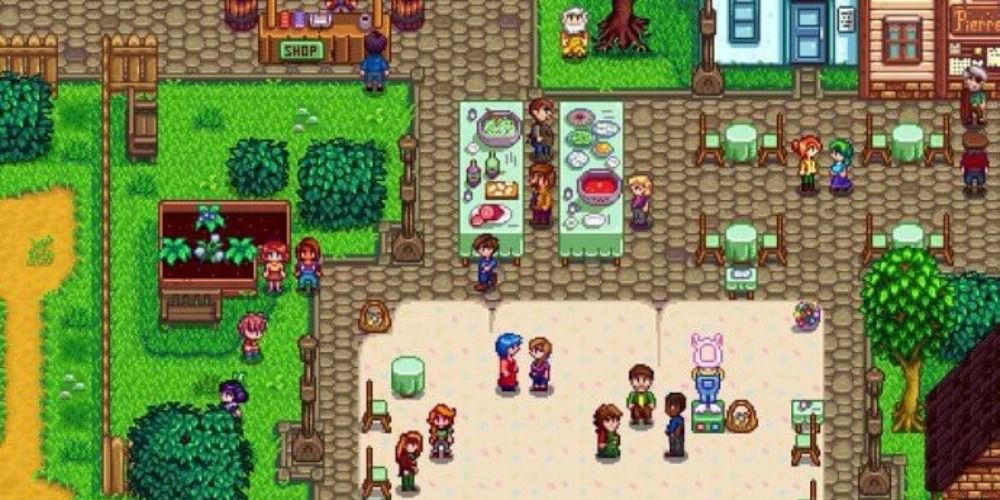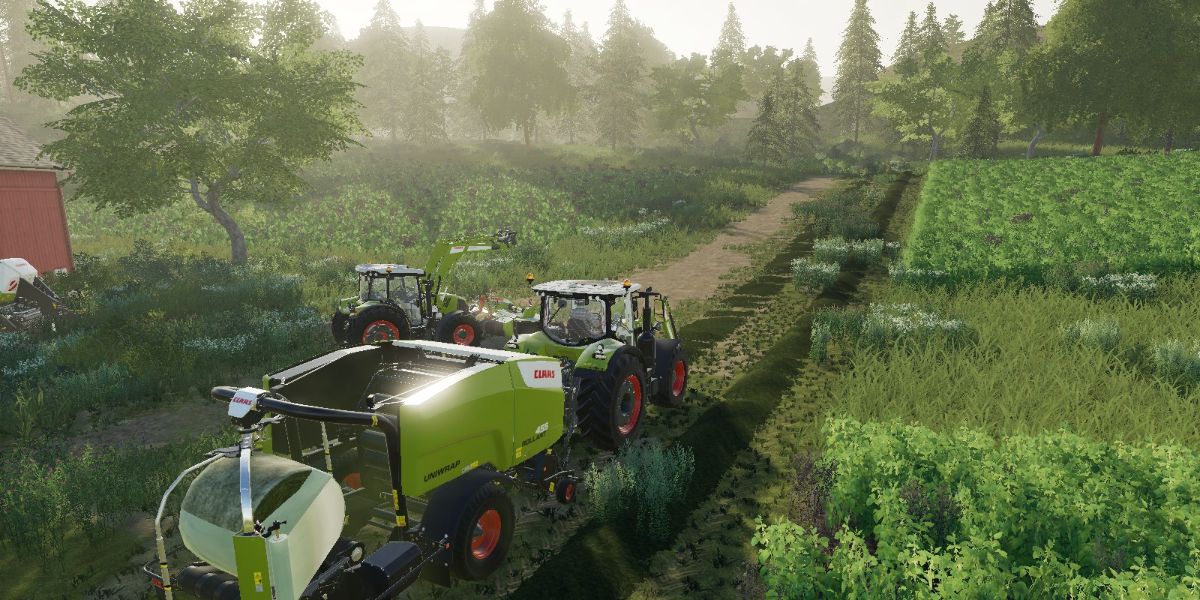Though there have been plenty of games in the genre, many of which have seen critical and commercial success at the highest level, farming simulators became truly mainstream with the release of Stardew Valley in 2016. Developed by just one man, ConcernedApe, the game took inspiration from the likes of Harvest Moon but refined the edges in a way that felt truly special. By knowing what makes the genre great and bringing out its best qualities, it sets the bar frightfully high for any new title, and has become the go-to game for farming fans everywhere.
The development cycle of Stardew Valley was largely different from others in the genre, but while it's an indie game by design, the depth of its mechanics and the quality of its writing could fool players into thinking it was made by a AAA studio. The visuals are the only real giveaway, yet the gorgeous pixel art makes for a far more inviting presentation than the half-baked aesthetics of Story of Seasons: Friends of Mineral Town, for example. The latter was developed by industry titan and farming sim familiar, Marvelous, and yet it's Stardew Valley that reigns supreme in the ever-evolving genre.
A Town to be Proud of in Stardew Valley
While implementing social aspects and interesting dialogue with NPCs has been done before in other farming simulator games, it was perfected when players began learning about the residents of Pelican Town. After meeting the kooky cast of eclectic characters, it soon becomes apparent that a city-raised man or woman moving to the countryside is far from the weirdest thing that's happened in the area. The townsfolk are accompanied by a litany of strange races that make the backdrop of Stardew Valley feel truly unique, even if it shares similarities with the likes of Mineral Town and Olive Town from the Harvest Moon series.
It's a fun, unexpectedly deep component of the game. A significant chunk of the in-game day will be dedicated to watering crops and ending to livestock, but there will always be plenty of time to explore the area, meet new friends or love interests, and truly leave a mark on the town. Not only is the area of Stardew Valley a quaint affair with charming villagers, but there's also a deep combat dungeon in the mines, fishing at any of the local rovers or lakes, and foraging spots that all result in a town that doesn't feel like an afterthought. In many ways, Stardew Valley is a social simulator first and foremost as the game's fun farming mechanics often fade into the background.
A Farming Sim by Trade
As is the case with many simulator games, there are usually two schools of thought. On one hand, some developers look to recreate the magic and authenticity of the very thing it's trying to imitate. This is no more obvious than in the likes of Microsoft Flight Simulator, Assetto Corsa, and Farming Simulator. The other approach is to take the essence of what the activity is and present it in a way that's fun, repeatable, and constantly engaging. This is the side that Stardew Valley falls on, a side it shares with titles like Forza Horizon and Star Wars: Squadrons. There are games that bridge the gap, but Stardew Valley is far from what it's actually like to tend to a farm and as such it gives new, non-farmer players a reason to give it a chance.
Committing to its design philosophy is one of Stardew Valley's best traits, as it allows the game to flourish under the parameters it sets itself. Stardew Valley doesn't take too much on, as the combat is incredibly simplistic and the planting crops in the ground needs nothing more than the press of a button. It never feels cumbersome, and as real-life farming is surely far from swift, Stardew Valley differs greatly from that which it's trying to simulate. Fundamentally it is still a video game, and so the most important thing is to have satisfying gameplay, which it has in spades.
The AAA space has its fair share of farming simulators, and while Stardew Valley lacks some important features of the trade, it shines because its gameplay mechanics never get in the way of its commitment to fun. Although Harvest Moon has a far more storied history and the Farming Simulator series more closely resembles the source material, Stardew Valley is still the game that many other companies should take cues from.
Stardew Valley is available now for Mobile, PC, PS4, Switch, and Xbox One.






